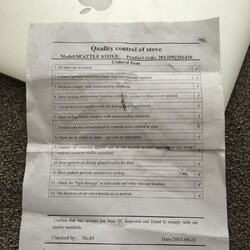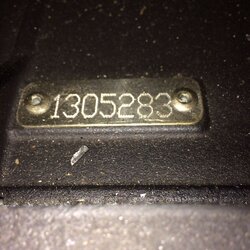If he used a 5" to 8" adapter, that is a fairly wide spread of difference in volume change, and would not float in my house.
If that adapter is not completely tight around the clue tile, again, that would be a no go with me.
If the adapter only meets up the the tile, and the four corners of the tile overhang outside the round adapter, my bet would be there is your problem with the crap running down outside.
Is the clay tile round, square, rectangular?
Who supplied the stove? They know nothing about the stove they sold you? Very sad if a vendor don't know crap about what they are selling, and also says a lot, or actually very little about the vendor.
Even if it was from burning wet wood, that creo should run down into the stove, not all around the outside, as due to a poor direct connect install.
What is the size of the outlet of the stove?
And I stick by my opinion, that a larger flue (oversized)has much more of a chance of lazy draft, then the proper size or even slightly smaller flue. Yes, larger may allow more volume, but the proper size or smaller will have more velocity. Think of a vacuum, what happens when you put a smaller diameter pipe on it..... is sucks harder. Same as car exhaust. I remember when huge size/diameter pipes were popular, but also caused issues due to lack of pressure.
Based on the limited info available, it appears with the properly sized liner from stove outlet to top, and properly installed and terminated, your issue may be solved.
Going from 5" or 6" to 8" is a problem from the start.
Here is what they should have installed from the start.
http://www.ngbell.com/products/Schi...x-Flexible-Flue-Liner-150mm-9-Metre-Roll.html
Or they could have saved the cost of the chimney & clay liner and done a chase with class A.



